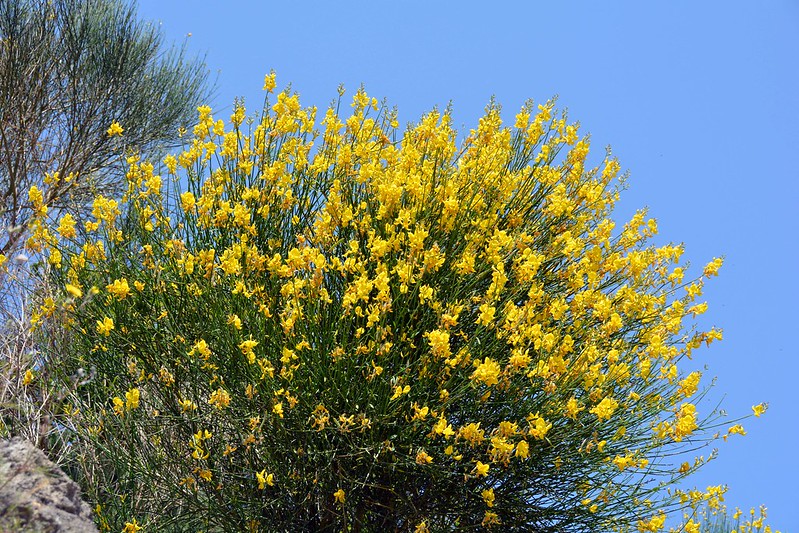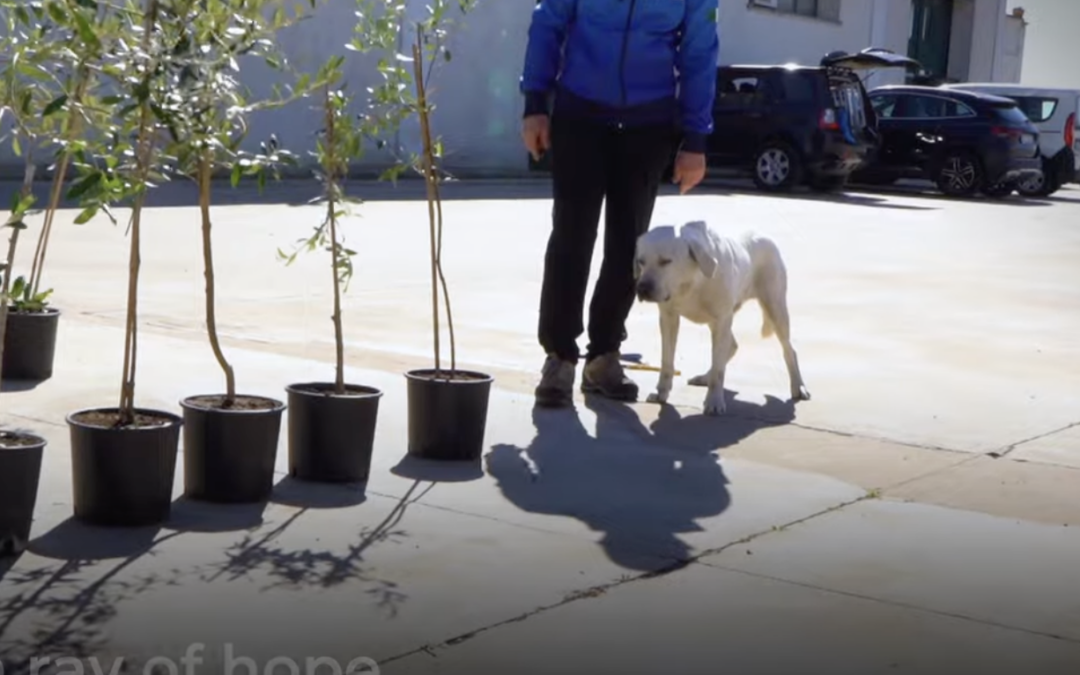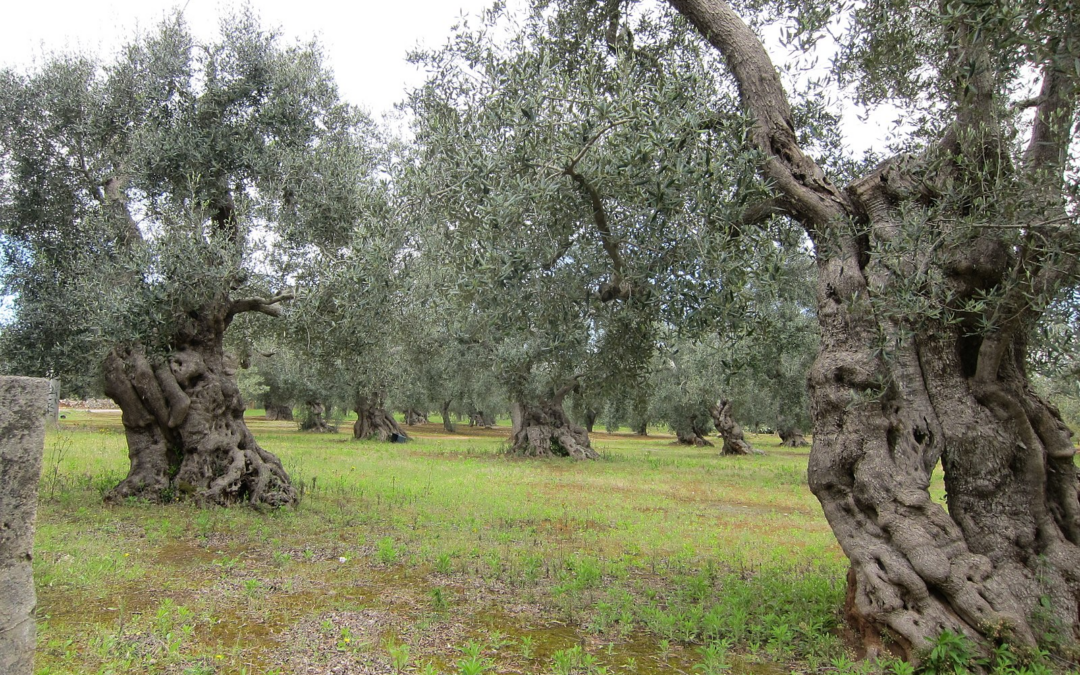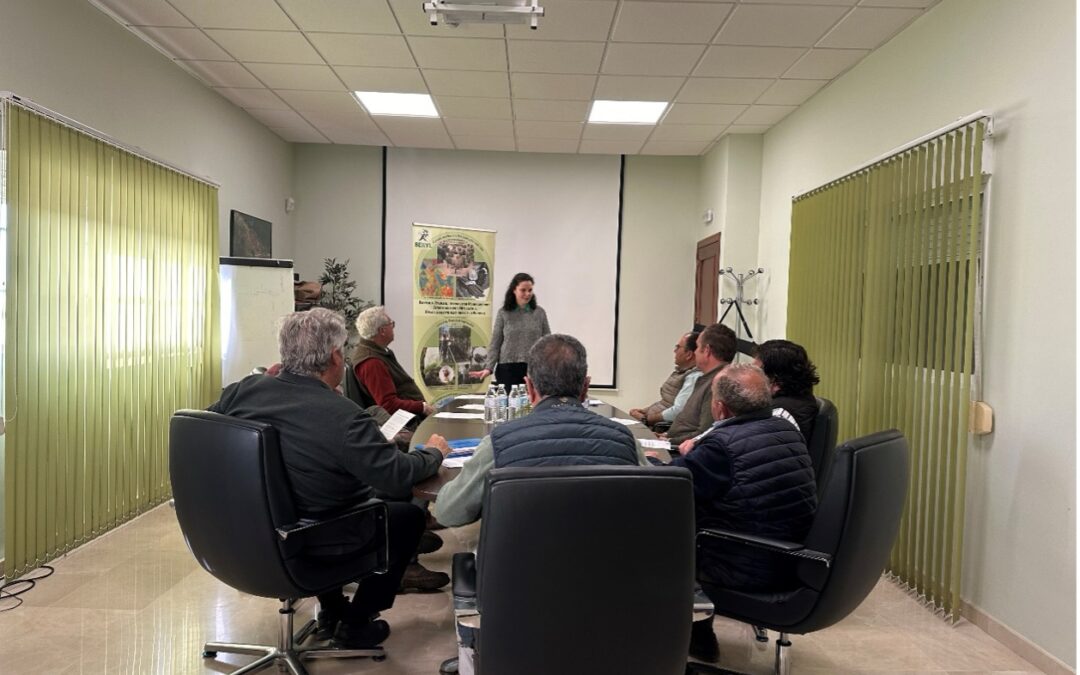Last February, the Regional Ministry of Agriculture, Fisheries and the Natural Environment of the Balearic Islands officially confirmed the presence of Xylella fastidiosa subspecies pauca with genetic sequence type ST53 on wild olive trees in Mallorca. Pauca ST53 is the variant that has destroyed millions of olive trees in Apulia since 2013.
So far, the outbreak is localised, Andreu Juan Serra, head of the Agricultural Service of the Regional Ministry of Environment, Agriculture and Fisheries in the Balearic Islands, told BeXyl in an interview.
How did you find out about the infection?
A private owner had warned that his olive trees (Olea europaea var. europaea) were in poor condition. During the visit, the inspector noticed that one wild olive tree (Olea europaea var. sylvestris) next to the farm also showed severe symptoms of Xylella fastidiosa. We sampled this wild olive tree and sent the sample to the lab for subspecies identification. To everyone’s surprise, it turned out to be a new subspecies (pauca ST53) on the island of Mallorca.
How many infected plants are there?
From January 2024, 592 samples have been taken in the outbreak area, of which we have already analysed 548, with positive results for Xylella fastidiosa in 137 samples, of which 76 are positive for the pauca subspecies.
In addition, the subspecies of 167 DNA samples from olive trees and wild olive trees in Mallorca and Menorca that tested positive from 2017 to date have been analysed. The result was that none of these samples were positive for the pauca subspecies. Currently, the outbreak of the pauca subspecies ST53 on the island of Mallorca seems to be limited to the vicinity of the first positive finding. In addition, there were no worrying symptoms of Xylella fastidiosa in olive groves. From now on, we will evaluate the pathogenicity of this subspecies through mechanical inoculation tests with the previously obtained isolates and we will study the transmission between different plant species using bacterial vectors.
What initiatives are the local and national authorities taking to manage the outbreak?
We have been applying the regulated containment measures since 2017. Every year we implement the action plan for the control of this bacterium, but for the pauca subspecies ST53 we have launched a new and specific plan to help us determine the spread of this subspecies and prevent the introduction of the pathogen into commercial olive groves. Our actions coordinate with the national contingency programme, and we share all the information with the Ministry of Agriculture, Fisheries and Food.
The Balearic Islands host all the most threatening Xf subspecies detected in Europe. What is the current situation, and what measures are the authorities taking to counter the spread of the pathogen?
The official plant health laboratory of the Balearic Islands has analysed more than 21,300 plant samples and has confirmed 1,703 positive for Xylella fastidiosa, from 38 different plant species(Acacia saligna, Calicotome spinosa, Cistus albidus, Cistus monspeliensis, Clematis cirrhosa, Eleagnus angustifolia, Ficus carica, Fraxinus angustifolia, Genista hirsuta, Genista lucida, Genista valdes-bermejoien, Helichrysum stoechas, Juglans regia, Laurus nobilis, Lavandula angustifolia, Lavandula dentata, Nerium oleander, Olea europaea var. europaea, Olea europaea var. sylvestris, Phagnalon saxatile, Phillyrea angustifolia, Phlomis italica, Polygala myrtifolia, Prunus avium, Prunus domestica, Prunus dulcis, Rhamnus alaternus, Rosmarinus officinalis, Ruta chalepensis, Santolina chamaecyparessus, Santolina magonica, Salvia officinalis, Spartium junceumen, Teucrium capitatum, Thymus vulgaris, Ulex parviflorus Pourr., Vitex agnus-castus and Vitis vinifera).
From the administration side, we carry out campaigns to supply phytosanitary products to control the vectors that transmit the bacteria, as well as information and training activities for agricultural stakeholders. Furthermore, as part of the action plan, we are carrying out intensive surveys of the perimeters of the positive plants found since 2017. We are also doing specific conservation work on germplasm banks and trees listed as “unique” in our islands.








